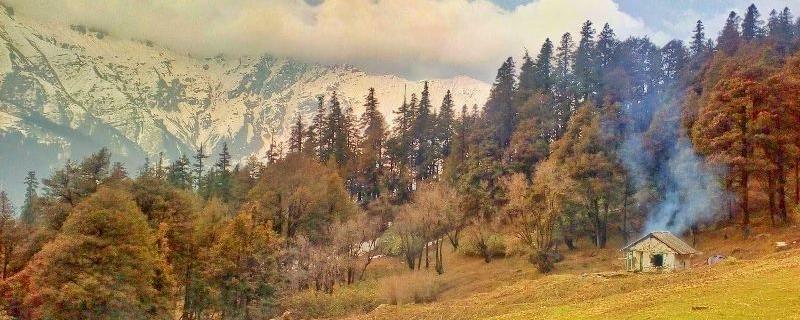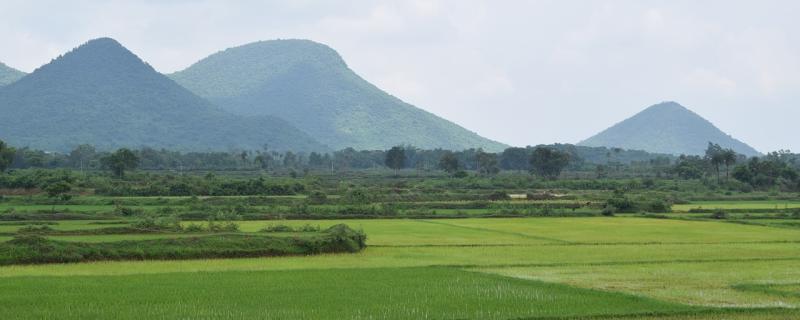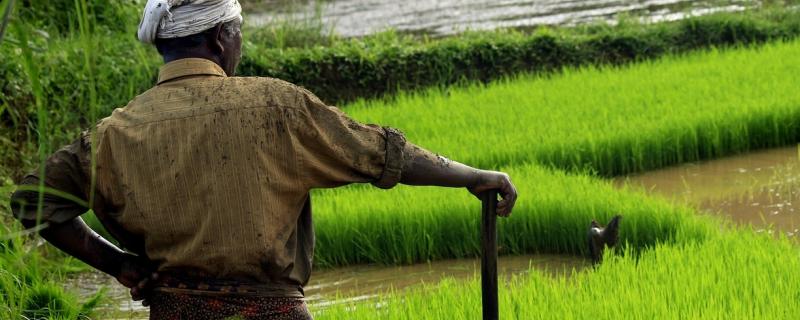The Indian monsoon, which sees much variability, has been crucial to the country's economy. It affects 42% of employed individuals in the country — farmers and those working in the agricultural sector. At times, a 'normal' monsoon brings enough rain to keep everyone happy, but sometimes, there is either a deluge or a drought. With recent meteorological advances, these variations can be predicted and recorded. But, how do we go back hundreds of years in time to understand the historical variability in Indian monsoon? Corals in the Red Sea may have answers, says a study by American researchers.










